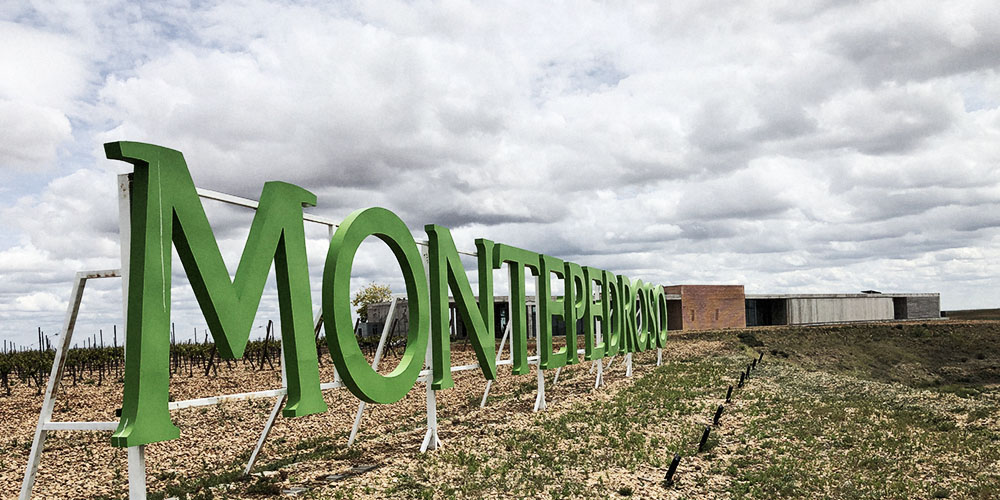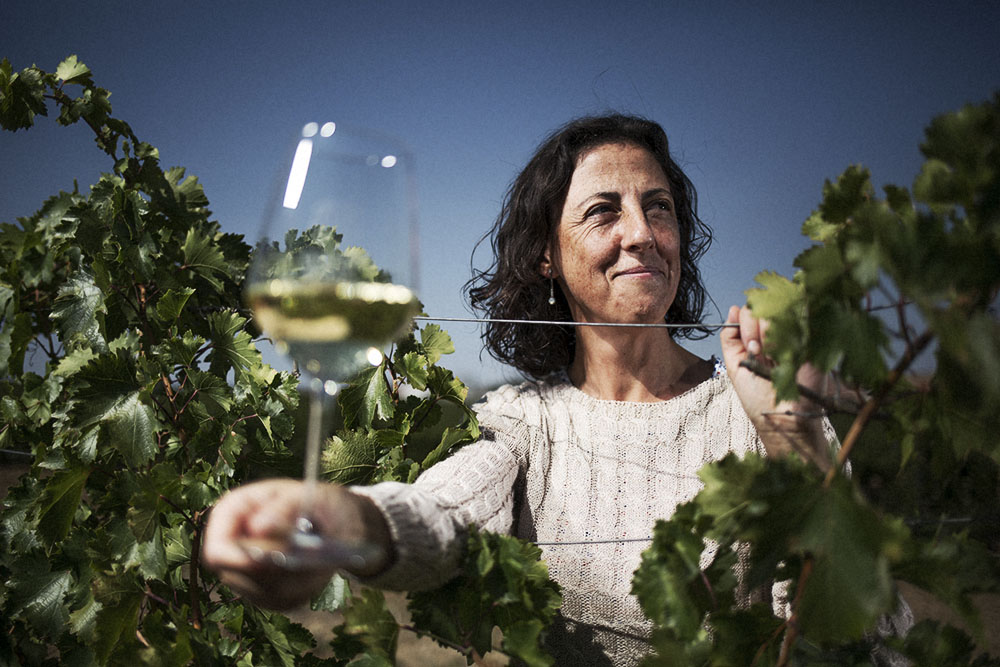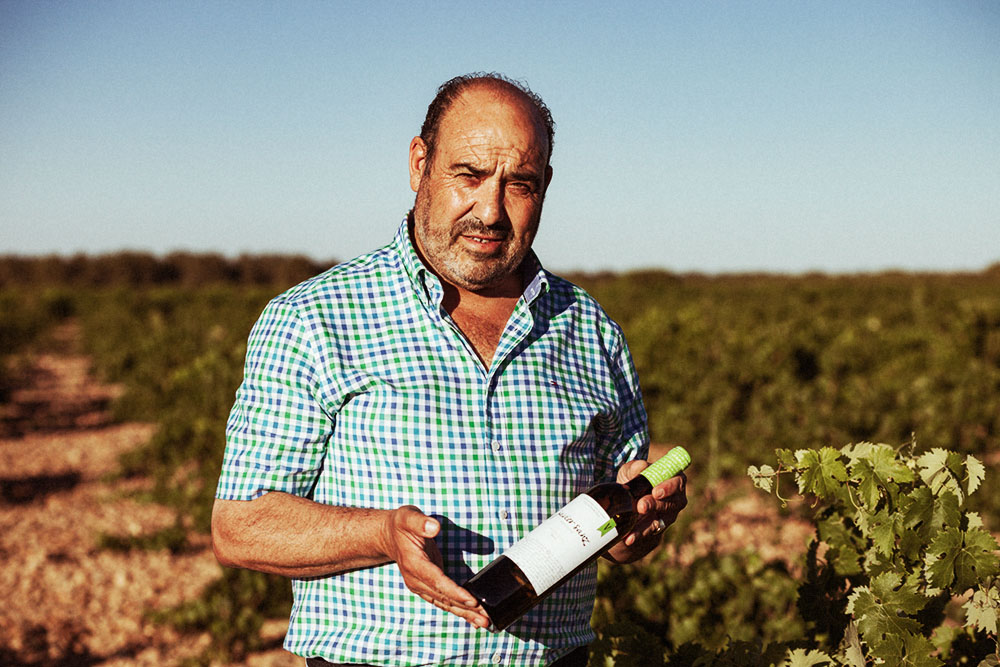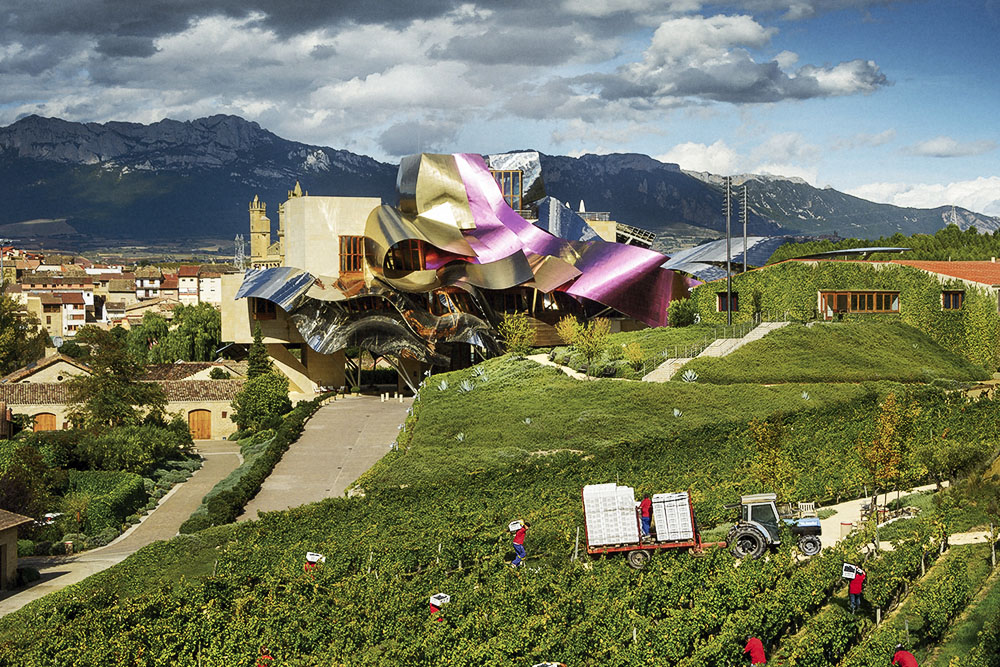
Ask for white wine anywhere in Spain — in a restaurant, a tavern, a tapas bar, at a grocery store or in a wine shop — and it’s likely that the first thing you’ll be offered is Verdejo from Rueda.
Ask about it in Canada and most restaurateurs, bar owners and product consultants will go cross-eyed.
The sad result is that there’s a serious lack of selection in Canadian stores. The few I was able to find ranged in price from $13 to $21. In the free markets of New York, London and Amsterdam, there are many independent wine shops with a much wider selection of the regular, barrel-fermented and organic Verdejos produced by the region’s 69 wineries.
So why have so few people in Canada heard of it?
Marco Yllera, owner of Grupo Yllera, which produces a terrific collection of stainless-steel- and barrel-fermented whites, and spends much of his time and money promoting the region, states bluntly that verdejo is an unknown grape and Rueda is an under-appreciated region in an overlooked country.
And what a region it is. Rueda is largest grape-growing appellation in the larger wine region of Castilla y León in central Spain. It was officially recognized in 1980 with its own Denominacion de Origen (DO) as the long-standing home of the Verdejo grape variety. Eighty-six percent of the plantings in the region are Verdejo.
Some say the grape was brought from North Africa more than 1,000 years ago; some say it was already here in the first century, when the Romans built the massive aqueduct still standing in the town of Segovia.
Situated about 175 kilometres northwest of Madrid, Rueda is on a wide, flattish seabed lifted by the pressure of continental plates colliding over the ages. Today, it is a high limestone plateau averaging 600 to 800 metres above sea level.
The region is surrounded on three sides by mountains and is cut through the middle by the valley of the meandering Duero River, which flows slowly westward from Spain through Portugal (where it is called Douro) and empties into the ocean at Oporto. The long, narrow valley cut by the river forms a long corridor, permitting warm Atlantic winds to blow constantly through the region.
Soils here are distinctly alluvial with a high concentration of lime and clay that’s peppered with sand, silt and river stones. The land is so poor that it is only capable of supporting grapes, pine trees for their resin and some grains.
The surrounding mountain ranges, the silty soils and the river draining the plateau are three of the fortuitous conditions that have prevented the dreaded vine louse Phylloxera vastatrix from penetrating the area. In the mid-19th century, the insect devastated European vineyards.
As much as four percent of the grapes cultivated in Rueda grow on head-pruned bush vines that are 150 years of age or older. Incredibly, these ancient stumps annually pump out three kilograms of grapes per vine, no less than the mechanically harvested newer plantings grown on American rootstocks and trained in tight rows on wires.
Summers are blisteringly hot and desert dry — average daily temperatures for July and August are above 28˚C — so wines made here should taste ripe and muscular with big flavours. But there are huge temperature swings from day to night. This diurnal difference of almost 20 degrees helps preserve high acidity, giving the wines freshness and bite.
Harvesting is often done during the night to capture this brisk acidity and local winemaking practices are all geared toward preserving it through to bottling. The result is bold, aromatic, savoury, mouth-filling wines with tension and zing.
Although Rueda has been producing amazing, concentrated white wines from verdejo grapes for as many as 2,000 years, the region was only officially recognized in 1980. Before that, the wine was sold in bulk and quenched the thirst of locals.
In the early 1970s, famous Rioja producer Marqués de Riscal wanted to add a white wine to its portfolio and set about to commercialize the highly regarded local verdejo grapes of neighbouring Rueda. When it was finally released, the new Marqués de Riscal Rueda Verdejo was a huge hit on the export market. Soon other wineries followed their lead.
During my five-day visit, I drank Verdejo with every meal and never got bored. It was awesome with oysters and octopus, fabulous with fish, totally laid back with lamb loins, shone with suckling pig in Segovia and was totally terrific with all types of tapas.
Tasting with colleagues on the trip prompted comparisons with French Chablis, Austrian Grüner Veltliner and Greek Assyrtiko. One of my travel companions, sports broadcaster Matt Cauz, offered up the best descriptor: “It’s Pinot Grigio with attitude.”
Rueda Verdejo can smell quite green and herbal like Sauvignon Blanc but tends towards more elegant nuances of fennel in place of cut grass. The taste is green apple, grapefruit and stone fruits like peach and apricot. The occasional tropical fruit note can be found on the palate while the texture is clean and squeaky with thick, solid mouthfeel. It can have a slight almond-pit bitterness in the end palate with mouth-watering acidity and mouth-drying minerality. Hence the tension and zing.
Now for the hard part… finding some.
Hermanos Lurton Rueda Verdejo La Perdiz 2018 ($15.85)
Primarily verdejo with 10% Sauvignon Blanc and 5% Viura in the blend. Pale straw with a fullish, fruity nose, lightly scented with crushed herbs. Clean palate, mid-weight and supple with vibrant acidity and wholesome minerality. Winery owner François Lurton produces wines with a distinct “Frenchness” to them in style and elegance.
Finca Montepedroso Verdejo 2017 ($21)
Owned by the Martinez-Bujanda family of wineries, Montepedroso makes only one wine but we had the pleasure of tasting several vintages going back to 2014 and forward to 2018. If you thought Rueda verdejos need to be drunk young, put away a few extra bottles of this. It’s green-gold, bitter and mineral laden with a clean, full-fruit palate from the get-go. With each year, this solid white develops fullness and depth, adding a golden colour and butter-fried lemon, fennel and honey notes. It tops out at about five years.
Javier Sanz Vineyard Verdejo 2017 ($17)
Minimum age of these vines is 40 years. Clean pale and dry with a nose more characteristic of Sauvignon Blanc. Dry with solid mouthfeel, plump pineapple-grapefruit flavours and palate-refreshing acidity.
Agricola Castellana Cuatros Rayas Vinedos Centenarios 2017 ($17.50)
Produced from century-old, hand-picked pre-phylloxera bush vines. Pale golden colour with a rich honey and fennel bouquet. Plump and luscious palate with refreshing acidity in the finish.
Bodega Palacio Viña Mayor 2018 ($15)
Fresh, bright hue with aromatic notes of fennel and lime. A medium-bodied palate of gooseberry, citrus and kiwi fruit. Refreshing and delicious on its own as well as with seafood.
Bodegas Ontañon Vetiver Rueda Verdejo 2018 ($15)
Clean, bright and vibrant, with aromatic notes of fennel and green hay. Dry, medium-bodied and grapefruity, with a brisk, dry finish.
Marqués de Riscal Rueda Verdejo 2018 ($13.40)
The only verdejo that’s widely available throughout the country. Pale straw gold hue; inviting aromas of green apple, lemon, tropical fruits, wild fennel and a final hint of almond pit in the swallow. Solid texture in a light wine, terrific balance and freshness. Clean, pleasant aftertaste.



